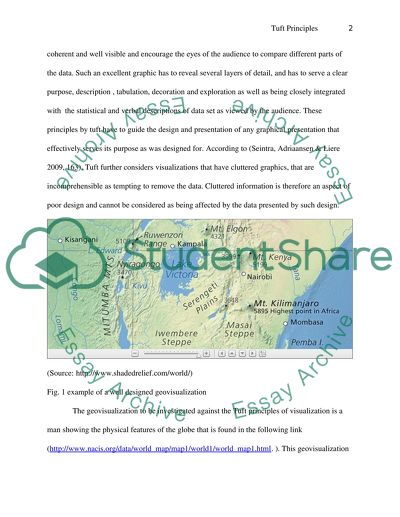Cite this document
(“Edward Tufte put forward a series of principles for visualisations Essay”, n.d.)
Edward Tufte put forward a series of principles for visualisations Essay. Retrieved from https://studentshare.org/geography/1436195-edward-tufte-put-forward-a-series-of-principles
Edward Tufte put forward a series of principles for visualisations Essay. Retrieved from https://studentshare.org/geography/1436195-edward-tufte-put-forward-a-series-of-principles
(Edward Tufte Put Forward a Series of Principles for Visualisations Essay)
Edward Tufte Put Forward a Series of Principles for Visualisations Essay. https://studentshare.org/geography/1436195-edward-tufte-put-forward-a-series-of-principles.
Edward Tufte Put Forward a Series of Principles for Visualisations Essay. https://studentshare.org/geography/1436195-edward-tufte-put-forward-a-series-of-principles.
“Edward Tufte Put Forward a Series of Principles for Visualisations Essay”, n.d. https://studentshare.org/geography/1436195-edward-tufte-put-forward-a-series-of-principles.


